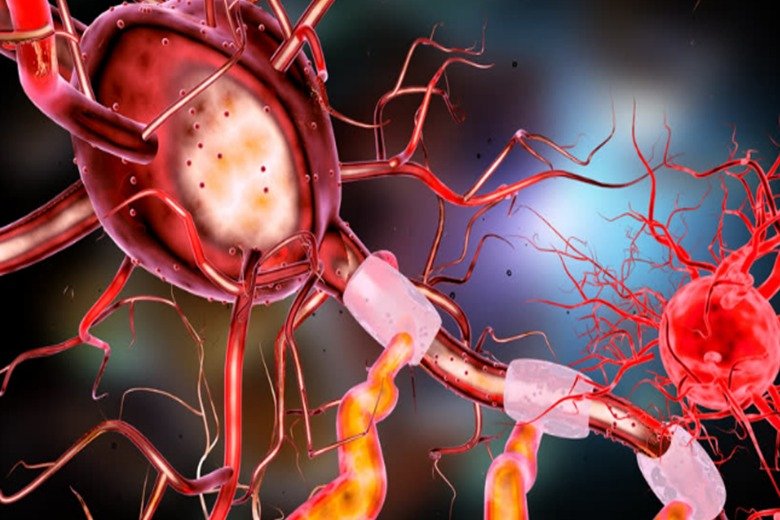Study reveals the unfolding of neuronal fate

In an interdisciplinary study combining developmental biology and computational biology, researchers from Karolinska Institutet and Medical University of Vienna (together with researchers in US, Italy and France), have revealed a dynamic transcriptomic roadmap of the development of somatosensory neurons and extracted mechanistic insights of cell fate decision. Results from this study are published in Nature communications.

“Our study examines the dynamic changes of gene expression at the single cell level as progenitor cells progressively differentiate into neurons, and then diversify into different sensory neuron types. It provides important mechanistic insight into the differentiation programs leading to the emergence of the identity of early sensory neuron types”, says Saida Hadjab, researcher at the Department of Neuroscience and corresponding author of the study.
The researchers identify and can reconstitute the developmental trajectories used by differentiating cells that originate from stem cell niches, towards sensory neurons subtypes of the myelinated and unmyelinated lineages (responsible for sensation of touch, pain, temperature and proprioception). They identify genes activated along the path of specification and importantly at particular decision points, the bifurcation points, where they have scrutinized the unfolding of neuronal fate.
“Interestingly, the unfolding of the neuronal fate is determined prior to the bifurcation point by intracellular competition between competing programs of genes following a binary option”, Saida Hadjab explains.
Hence, the early diversity of sensory neurons is generated through successive bi-potential intermediates in which synchronization of relevant gene modules and concurrent repression of competing fate programs precede cell fate stabilization and final commitment.
In what ways could this new knowledge contribute to improving human health?
“The identification of gene sets that prime sensory neurons to specific fate might be of benefit for engineering induced pluripotent stem cell and embryonic stem cell technologies, and help advancing our ability to control and engineer specific neuronal populations for basic research, tissue regeneration, or for screening drugs against for example neurodegenerative or pain disorders”, says Saida Hadjab.
Moreover, the researchers present a roadmap of bifurcation analysis that highlight genes involved in dynamic changes of cell state. This might help deciphering the combinatorial code of genes responsible for cell state changes and to manipulate it in a context of a loss of cellular homeostasis with the hope to reset the cells to a healthy state. This retains the potential to lead to new drugs discoveries.
The study was funded by the Swedish Research Council, the Knut and Alice Wallenberg Foundation, the Austrian Science Fund, the Ming Wai Lau Center, Karolinska Institutet and the Swedish Brain Foundation among others.
Publication
“Single cell RNA sequencing identifies early diversity of sensory neurons forming via bi-potential intermediates”.
Faure L, Wang Y, Kastriti ME, Fontanet P, Cheung K KY, Petitpré C, Wu H, Linyu Sun L, Runge K, Croci L, Landy MA, Lai HC, Consalez GG, de Chevigny A, Lallemend F, Adameyko I, Hadjab S
Nature Communications, 21 August 2020, 11, 4175; https://doi.org/10.1038/s41467-020-17929-4
